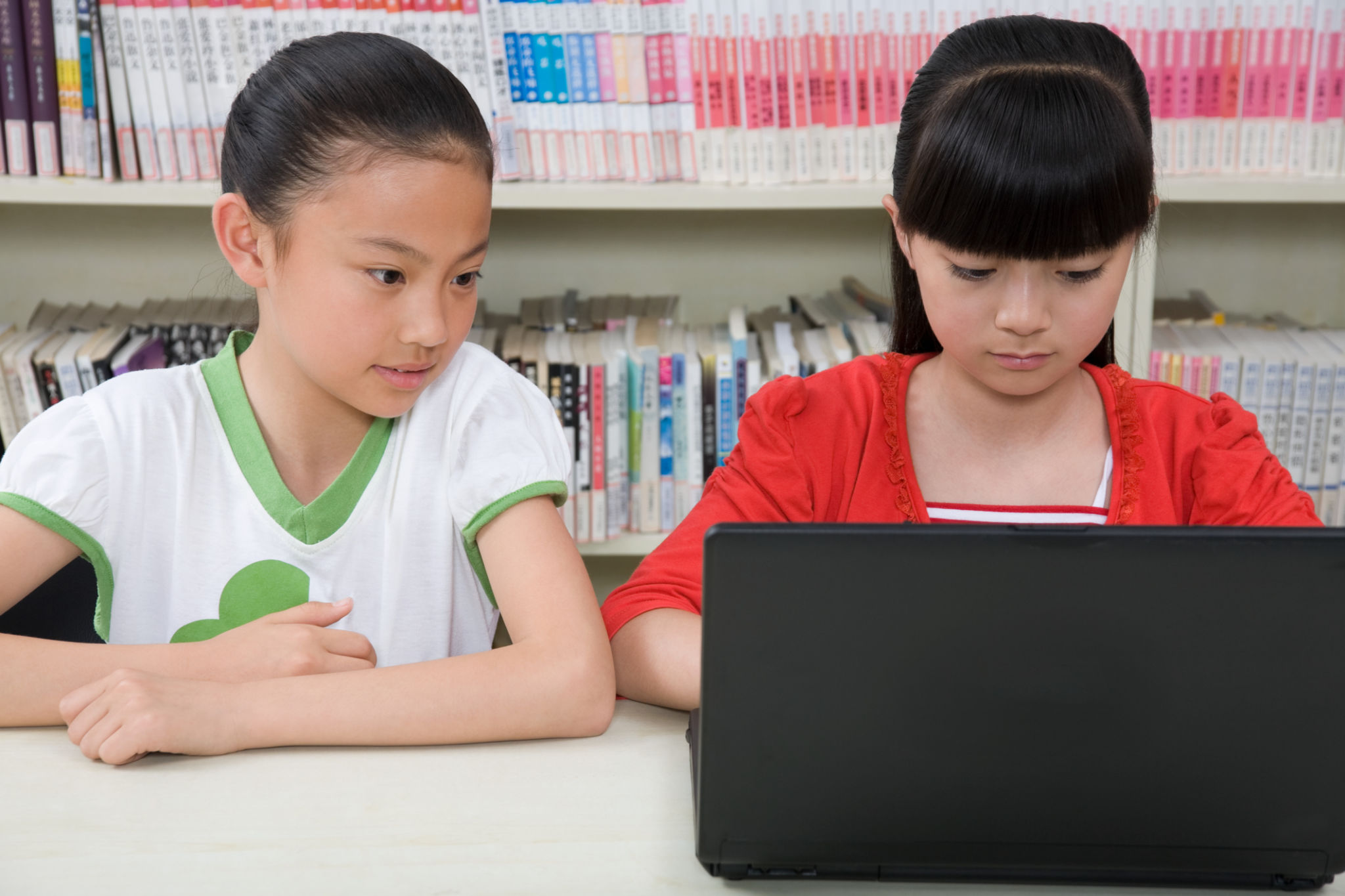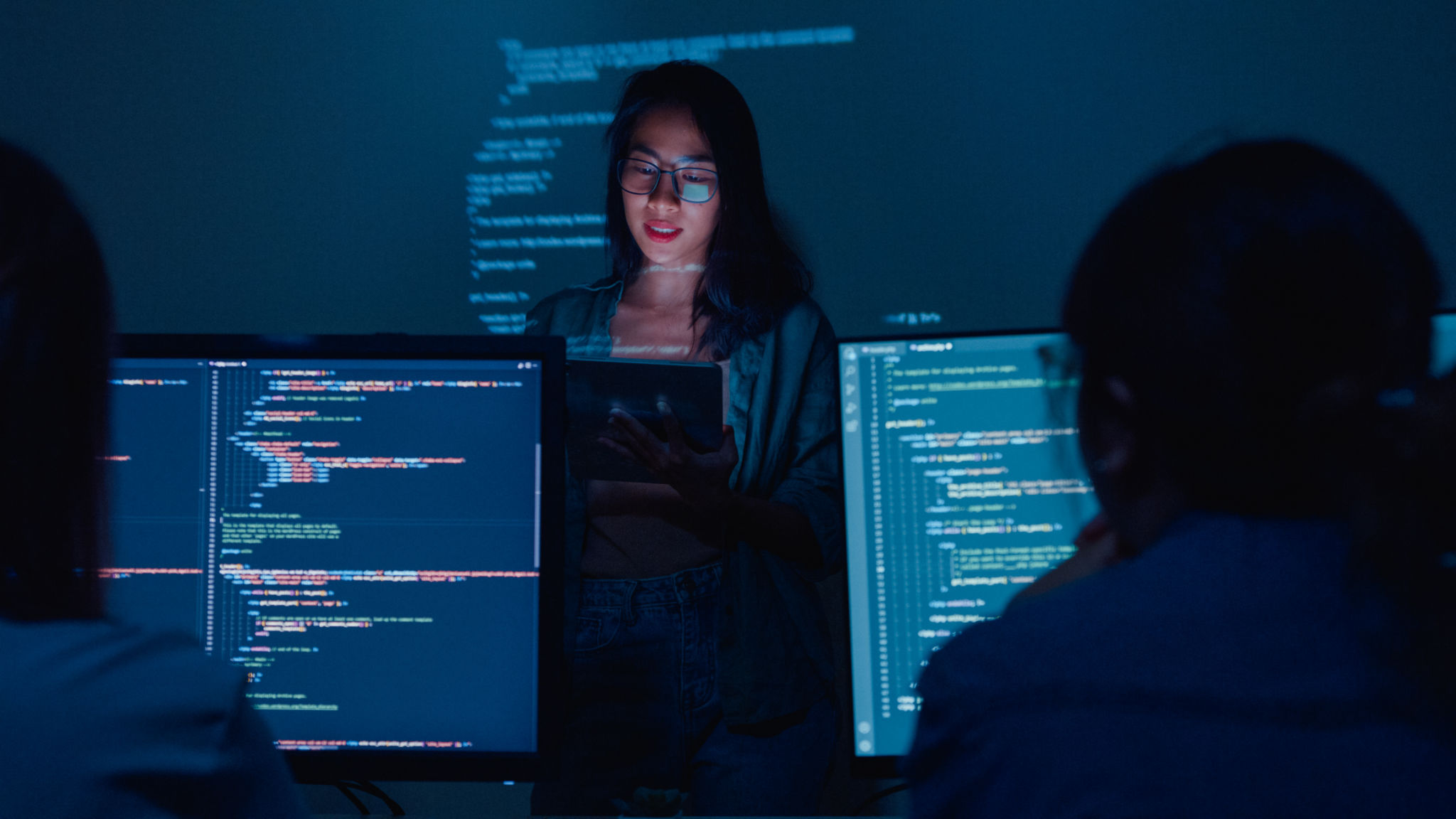Current Trends in Education Technology Transforming Classrooms Across Australia
Introduction to Education Technology in Australia
Education technology, or EdTech, is rapidly transforming classrooms across Australia, bringing innovative solutions to both teachers and students. With the integration of digital tools and resources, Australian education is stepping into a new era of learning that promises enhanced engagement, accessibility, and personalized experiences.

Blended Learning Environments
One of the most significant trends is the rise of blended learning environments. This approach combines traditional face-to-face teaching methods with online educational resources, allowing students to learn at their own pace. Blended learning offers flexibility and can be tailored to individual learning styles, making education more inclusive and effective.
Australian schools are increasingly adopting learning management systems (LMS) such as Moodle and Canvas to facilitate blended learning. These platforms provide a centralized location for course materials, assignments, and communication, streamlining the educational process.
Interactive Learning Tools
Interactive learning tools are revolutionizing how students engage with educational content. Tools such as virtual reality (VR) and augmented reality (AR) offer immersive experiences that can make complex subjects more tangible and understandable. For instance, students can virtually explore historical sites or conduct science experiments in a safe, controlled environment.

These technologies not only enhance engagement but also improve retention of information, as students are more likely to remember experiences over rote memorization. As these tools become more affordable and accessible, their presence in Australian classrooms is set to grow.
Artificial Intelligence and Personalized Learning
Artificial Intelligence (AI) is playing a crucial role in personalizing education. AI-driven platforms can assess a student's strengths and weaknesses, offering tailored resources and assignments that align with their individual needs. This personalized approach helps students progress at their own pace and can lead to better academic outcomes.
Moreover, AI can assist teachers by automating administrative tasks such as grading and attendance tracking, allowing educators to focus more on teaching and less on paperwork.

The Rise of Remote Learning
Remote learning has become an integral part of the educational landscape, especially following the COVID-19 pandemic. With tools like Zoom, Microsoft Teams, and Google Classroom, students can continue their education from home, ensuring continuity despite disruptions.
This shift has also highlighted the importance of digital literacy, as both students and teachers need to be proficient with these technologies to maximize their potential. As remote learning becomes more prevalent, schools are investing in training programs to ensure everyone can navigate this new terrain effectively.
Challenges and Opportunities
While EdTech offers numerous benefits, it also presents challenges such as ensuring equitable access to technology for all students. Schools must work towards bridging the digital divide to prevent disparities in education.
Despite these challenges, the opportunities for innovation and improvement in education through technology are immense. By embracing these trends, Australia can continue to lead in providing high-quality education that meets the needs of the 21st-century learner.
